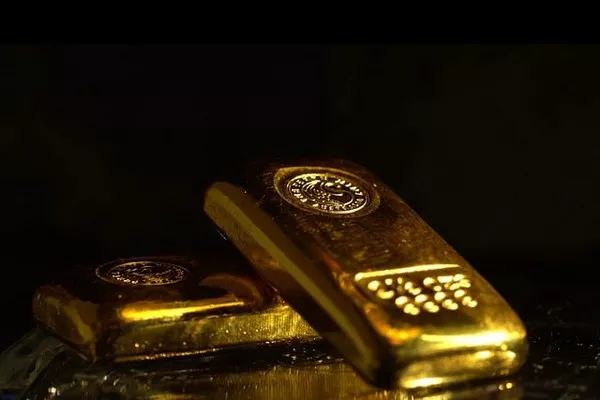Gold has long been revered for its timeless beauty and enduring value, but not all gold is created equal. The concept of karat plays a pivotal role in determining the purity of gold, providing consumers with a standardized measure of its quality. In this article, we will delve into the world of pure gold karat, exploring its significance, historical context, and the practical implications it holds for both consumers and the jewelry industry.
Defining Karat
The term “karat” refers to the unit of measurement used to quantify the purity of gold. Pure gold is designated as 24 karats, denoted by the symbol “K” or “kt.” However, it is rare to find gold in its absolute, unalloyed form due to its inherent softness. To enhance its durability and strength, gold is often blended with other metals, creating alloys of varying karat values.
The Karat Scale
The karat scale ranges from 24 karats, indicating pure gold, to lower values signifying varying degrees of alloying with other metals. The most common karat values include 22K, 18K, 14K, and 10K. Each karat level represents a specific percentage of pure gold in the alloy, with the remainder comprised of other metals.
- 24K Gold: Pure Gold (99.9% gold content)
- 22K Gold: 91.7% gold content, 8.3% alloy metals
- 18K Gold: 75% gold content, 25% alloy metals
- 14K Gold: 58.3% gold content, 41.7% alloy metals
- 10K Gold: 41.7% gold content, 58.3% alloy metals
Understanding Alloying Metals
The choice of alloying metals profoundly influences the properties of the gold alloy. Commonly used metals include copper, silver, nickel, and zinc. Copper, for example, imparts a warm reddish hue to gold, while silver contributes a cooler, whitish tone. The choice of alloying metals not only influences the color but also affects the alloy’s hardness, malleability, and overall durability.
Historical Context of Karat Measurement
The use of karat measurement to indicate gold purity has deep historical roots. The concept can be traced back to ancient civilizations such as the Egyptians, who meticulously crafted gold jewelry with varying levels of purity. Over time, this practice became standardized, providing a universally recognized method for assessing the quality of gold.
The Importance of Karat Purity
Understanding the karat purity of gold is crucial for both consumers and those in the jewelry industry. For consumers, the karat value directly impacts the appearance, durability, and price of gold jewelry. High-karat gold, such as 22K or 24K, is more prone to scratching and denting due to its softer nature but boasts a rich, lustrous color. On the other hand, lower-karat gold, like 14K or 10K, offers increased durability while maintaining an attractive appearance.
For jewelers, the karat purity of gold plays a pivotal role in crafting and pricing jewelry. Higher-karat gold commands a higher price due to its elevated gold content, while lower-karat gold provides a more cost-effective option for both manufacturers and consumers.
Selecting the Right Karat for You
Choosing the right karat for your gold jewelry involves considering personal preferences, lifestyle, and budget. If you prioritize a rich, deep gold color and are willing to handle your jewelry with care, higher-karat options like 22K or 24K may be ideal. For those seeking a balance between durability and aesthetics, popular choices include 18K and 14K gold. Additionally, lower-karat gold, such as 10K, is a practical choice for those on a budget, as it provides an affordable option without compromising on style.
See Also: What Is One Gold Bar Worth?
Care and Maintenance
Regardless of the karat value, proper care is essential to preserve the beauty of your gold jewelry. Cleaning your gold regularly with a mild detergent and a soft brush can help remove accumulated dirt and oils. Additionally, storing gold jewelry in a fabric-lined jewelry box or pouch can prevent scratches and minimize exposure to air, reducing the risk of tarnishing.
Conclusion
In the world of gold, karat purity serves as a guiding light, illuminating the quality and value of this precious metal. From ancient civilizations to modern-day consumers and jewelers, the significance of karat measurement has stood the test of time. Whether you seek the warmth of high-karat gold or the balance of lower-karat alloys, understanding the karat scale empowers you to make informed decisions, ensuring that your gold jewelry not only reflects your style but also stands as a testament to the enduring allure of this precious metal.


